Lemons are a species of small evergreen trees in the flowering plant family Rutaceae, which is native to Asia. The tree’s ellipsoidal yellow fruit is used for culinary and non-culinary purposes throughout the world, primarily for its juice, which has both culinary and cleaning uses. Take a look below for 26 more fun and fascinating facts about lemons.
1. The pulp and rind of a lemon is used for cooking and baking.
2. Lemon juice is about 5% to 6% citric acid, with a pH of around 2.2, giving it a sour taste.
3. The distinctive sour taste of lemon juice makes it a key ingredient in drinks and foods such as lemonade and lemon meringue pie.
4. While the origin of the lemon is not known, it’s thought to have first grown in Assam, a region in northeast India, northern Burma or China.
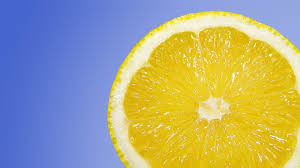
5. A study of the genetic origin of the lemon found it to be a hybrid between bitter orange and citron.
6. Lemons entered Europe near southern Italy no later than the second century AD, during the time of Ancient Rome. However, they weren’t widely cultivated at the time.
7. Lemons were introduced to Persia and then Iraq and Egypt around 700 AD.
8. The lemon was first recorded in literature in a 10th century Arabic treatise on farming, and was also used as an ornamental plant in early Islamic gardens.
9. The first substantial cultivation of lemons in Europe began in Genoa in the middle of the 15th century.
10. The lemon was later introduced to the Americas in 1493 when Christopher Columbus brought lemon seeds to Hispaniola on his voyages.
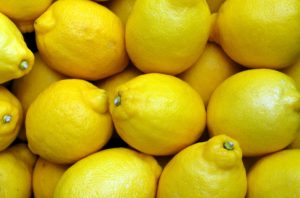
11. In 1747, James Lind’s experiments on seamen suffering from scurvy involved adding lemon juice to their diets, though vitamin C was not yet known.
12. The origin of the word “lemon” might be Middle Eastern. The word draws from the Old French “limon”, then Italian “limone,” from the Arabic “laymun” or “limun”, and from the Persian “limun”, which was a generic term for a citrus fruit.
13. The Bonnie Brae lemon is oblong, smooth, thin-skinned and seedless. It’s mostly grown in San Diego County, United States.
14. The Eureka lemon grows year round and abundantly. This is the most common type of lemon.
15. The Eureka lemon is also known as the Four Seasons lemon because of its ability to produce fruit and flowers together throughout the year.
16. The Femminello St. Teresa or Sorrento lemon is native to Italy. It’s zest is high in lemon oils which is why it’s been traditionally used in the making of limoncello.
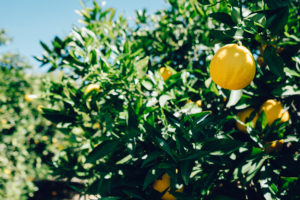
17. Lemon trees can produce up to 600 pounds of lemons in a year and they can grow to be up 20 feet tall.
18. Sprinkling lemon juice on other fruits can prevent them from turning brown.
19. During the California Gold Rush in 1849, miners were willing to pay huge amounts of money for a single lemon.
20. During the Renaissance, women used lemon juice to redden their lips.
21. Wealthy Victorians grew lemon trees around their estates as a sign of prestige and for the fragrance.
22. In Morocco, lemons are preserved in jars or barrels of salt. The salt penetrates the peel and rind, softening them, and curing them so that they last almost indefinitely.
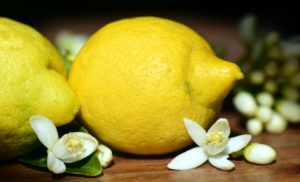
23. The leaves of the lemon tree are used to make tea and for preparing cooked meats and seafood.
24. Lemons were the primary commercial source of citric acid before the development of fermentation-based processes.
25. Lemon oil may be used in aromatherapy. Lemon oil aroma doesn’t influence the human immune system, but may contribute to relaxation.
26. In February and March, Menton in the French Riviera celebrates an annual Lemon Festival.

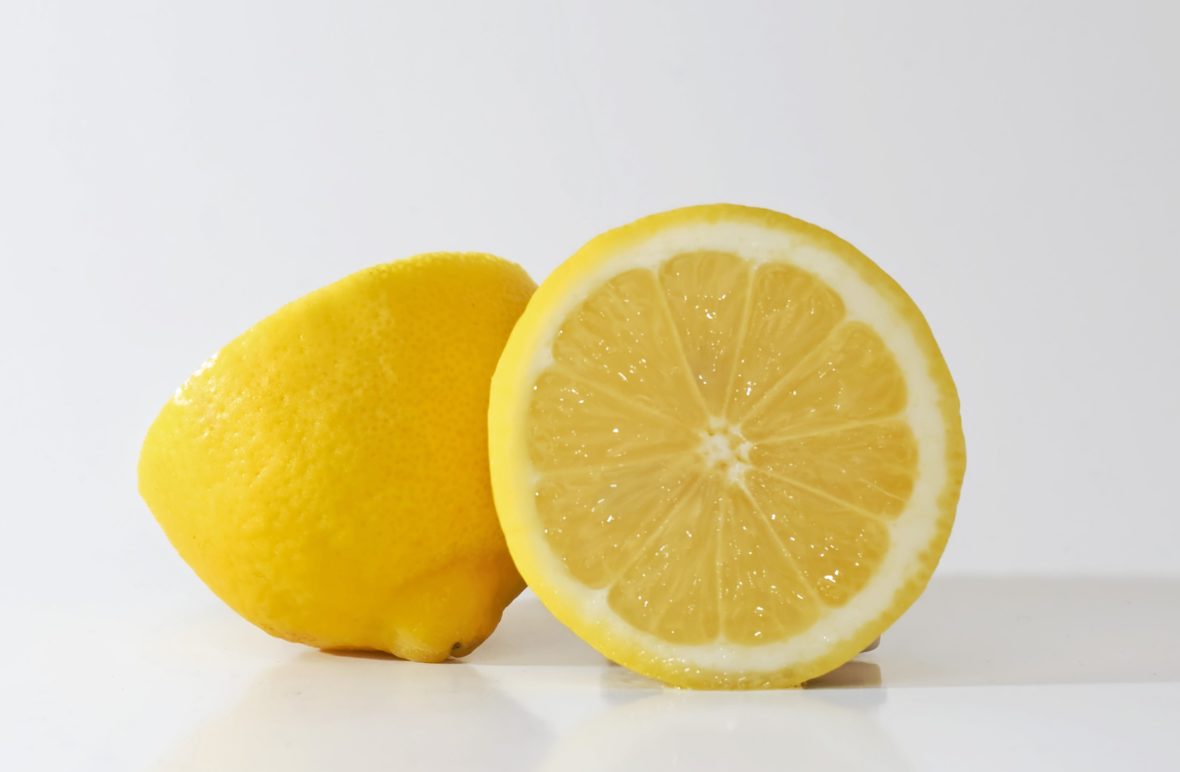



2 Comments
Pingback:
March 11, 2018 at 3:20 pmPingback:
March 15, 2018 at 11:55 am